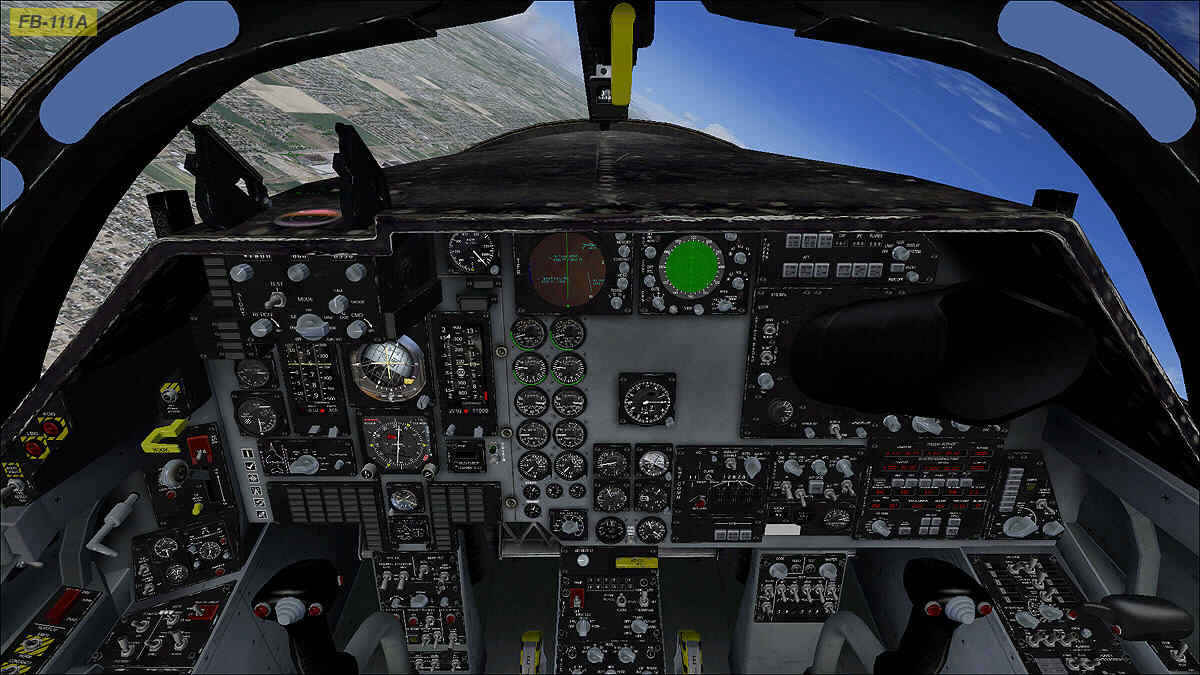
As F-111 WSO Jim Rotramel remarked to writers Peter E. When everything worked, that gave the F-111 remarkable accuracy.

The tactical F-111 usually took position updates by locking the non-TFR attack radar onto a pre-selected terrain feature with a known position and good radar reflectivity (called an offset aimpoint, or OAP). Tomahawk missiles used an onboard terrain-matching system called TERCOM.The Strategic Air Command’s variant of the F-111 carried an Litton ASQ-119 Astrotracker that took position fixes based on the locations of up to fifty-seven stars, day or night (as well as a more accurate INS that used an electrostatically suspended gyro).

Ballistic missile submarines updated their INS using a fix from the Loran-C radio or Transit satellite network. The problem of correcting for INS drift wasn’t unique to the F-111. Because the INS drifted by about half a nautical mile every hour, the F-111 required regular position updates to keep itself on course. Even the other versions of the F-111 that flew with fully or partly analog systems included similar systems.Īt the heart of the system was the airplane’s inertial navigation system (INS), a package of gyroscopes and accelerometers that provided an ongoing track of the airplane’s location. In the planned ultimate version of the F-111, the F-111D, all this equipment would be integrated in to a fully digital computer system complete with “glass cockpit” multi-function electronic displays.
F 111 cockpit manual#
Or, if the crew put it into manual mode, the computer showed the pilot a “continually computed impact point” (CCIP) that adjusted for wind and drift to indicate where the bombs would land if they were released at that moment. Upon reaching the target, the ballistics computer automatically released the F-111’s bombs when the plane reached the correct parameters (position, airspeed, delivery angle, etc.). While the F-111’s terrain-following radar (TFR) kept the plane 200 feet above the ground, the autopilot flew the plane from waypoint to waypoint. The airplane’s avionics were supposed to be interconnected to make the attack process practically automatic. Some aircrew would turn it off as it unnerved them.” How low? Crandall recalls that “sometimes we would be flying low through the mountains of New Mexico or southwest Texas and the jet’s external rotating beacon would flash off the terrain that we were flying by and it would seem to be right next to the wingtip.

The F-111 was built to penetrate enemy airspace at low level regardless of rain, fog, or darkness. General Dynamics F-111F at the National Museum of the United States Air Force.


 0 kommentar(er)
0 kommentar(er)
